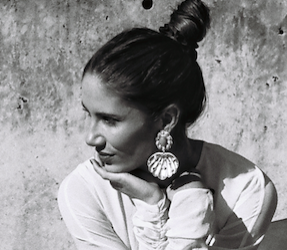News feed
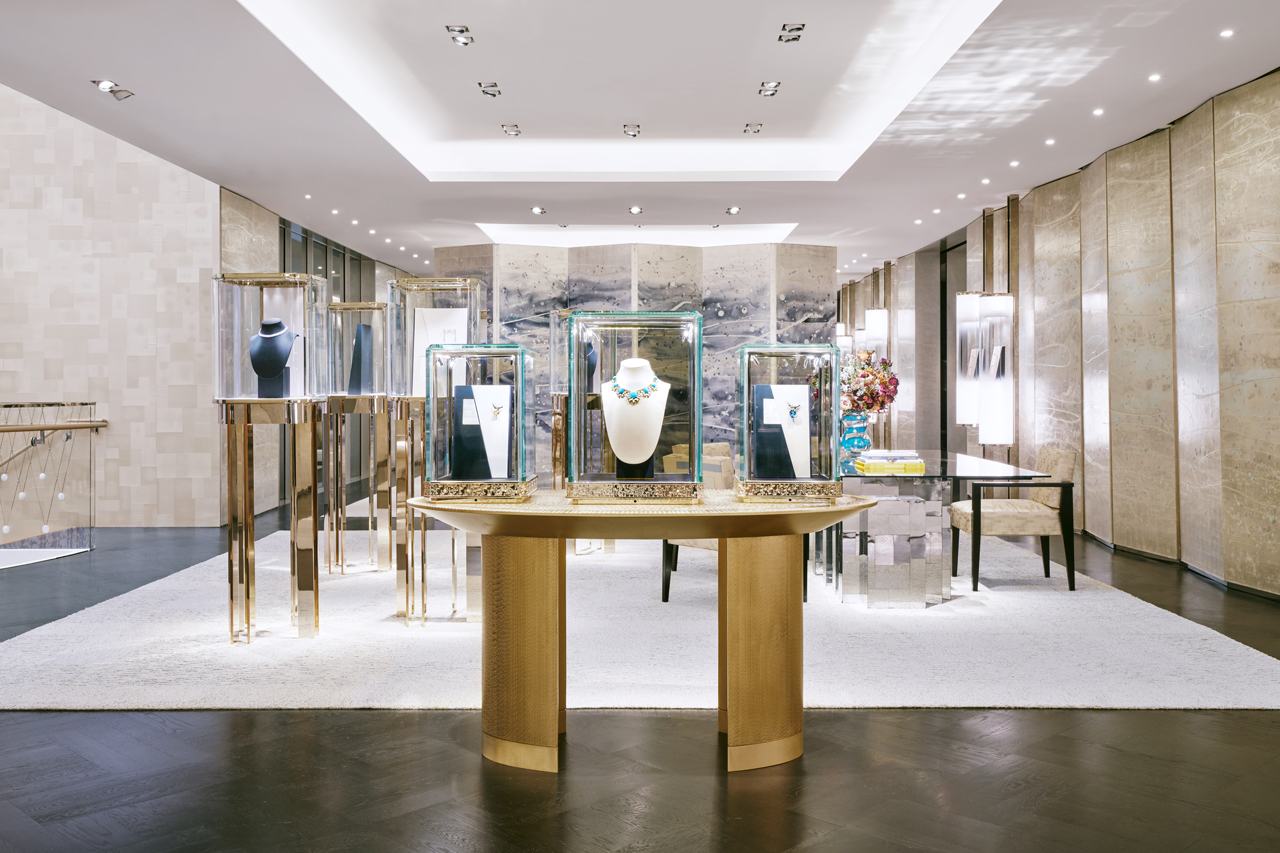
New York City is home to many icons: the Statue Of Liberty, the Brooklyn Bridge, the Yankees, Tiffany & Co., the list goes on. On April 20, the latter announced it will reopen its famous flagship doors in Manhattan this month. The boutique—on 57th Street and Fifth Avenue—has undergone a colossal transformation and will now be known as “The Landmark.”
The reopening marks the luxury retailer’s first holistic renovation since the store opened in 1940. Legendary architect Peter Marino and OMA New York’s Shohei Shigematsu were tasked with renovating the 10-storey boutique, a delicate brief which involved balancing the luxuriate’s 186-year heritage with a contemporary design that will change the retail shopping experience as we know it.
“The reopening of the iconic Fifth Avenue Landmark is a major milestone for our House,” says Tiffany & Co.’s President and Chief Executive Officer Anthony Ledru. “Symbolic of a new era for Tiffany & Co., the Landmark is much more than a jewellery store— it is a cultural hub with an exquisite showcase of architecture and superior hospitality, as well as cutting-edge art and design. It sets a new bar for luxury retail on a global scale.”
So what can visitors expect? Where will the Schlumberger section now be housed? Is the Atlas statue and clock still above the entryway? Is there a café? Is Elsa still on 3?
As visitors walk in on ground floor they will marvel at the diamond skylight feature weighing in at four tonnes above them. As they look about the floor, arched windows will house huge LED screens that change hourly to display iconic scenes in New York—the Manhattan skyline, Central Park—and firmly announce the brand’s longstanding relationship with the city. A new Tiffany & Co. clock, inspired by the original Atlas statue and clock, will also be a featured on this floor.
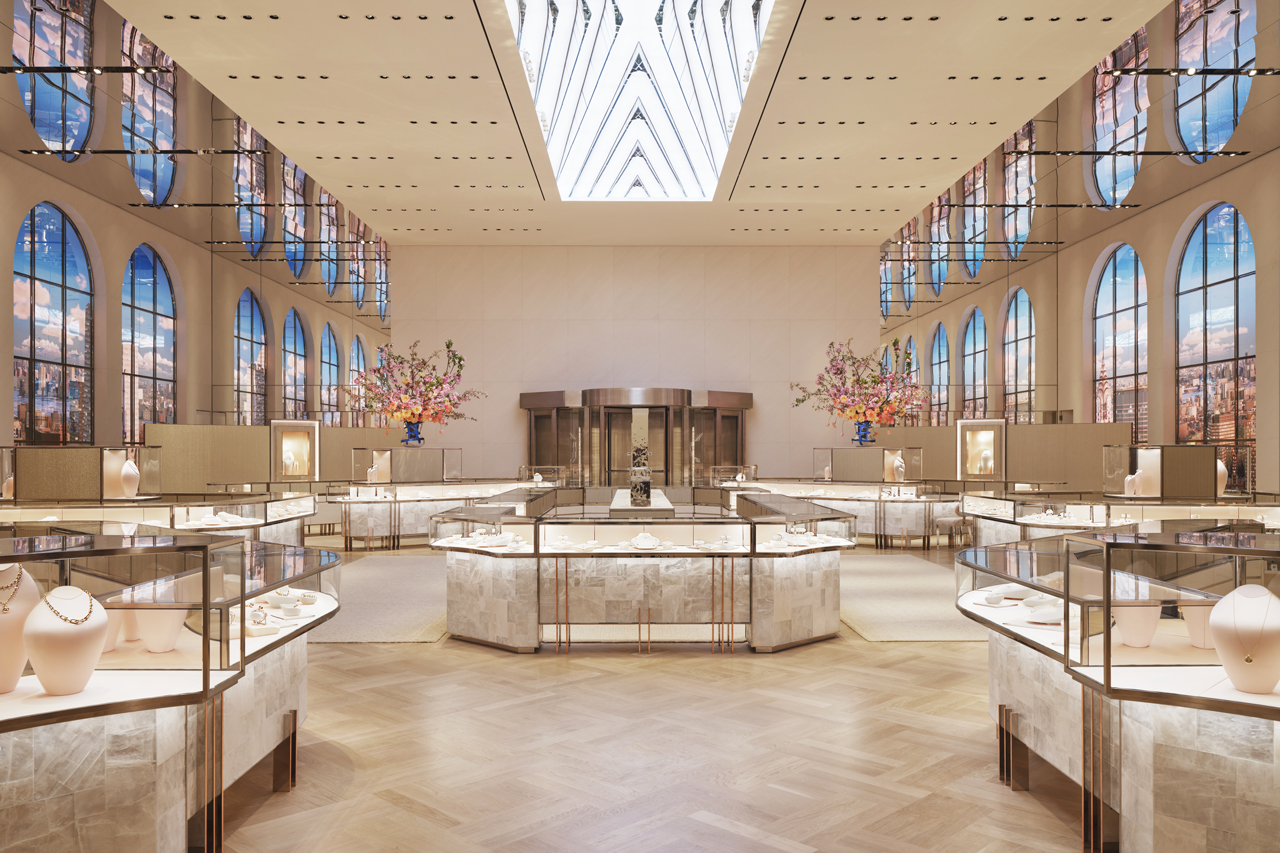
Perhaps the most incredible feature of all is the curvilinear staircase inspired by Elsa Peretti’s iconic, biomorphic forms. Linking floors three to eight, visitors can hop between an entire floor reserved for engagement rings (level three), dedicated display galleries for Tiffany & Co.’s great designers Peretti, Jean Schlumberger, Paloma Picasso and Patek Philippe, and see the biggest and most extraordinary collection of Tiffany High Jewellery in the world (level seven). This includes a highly anticipated new design for the legendary 128.54-carat Tiffany Diamond.
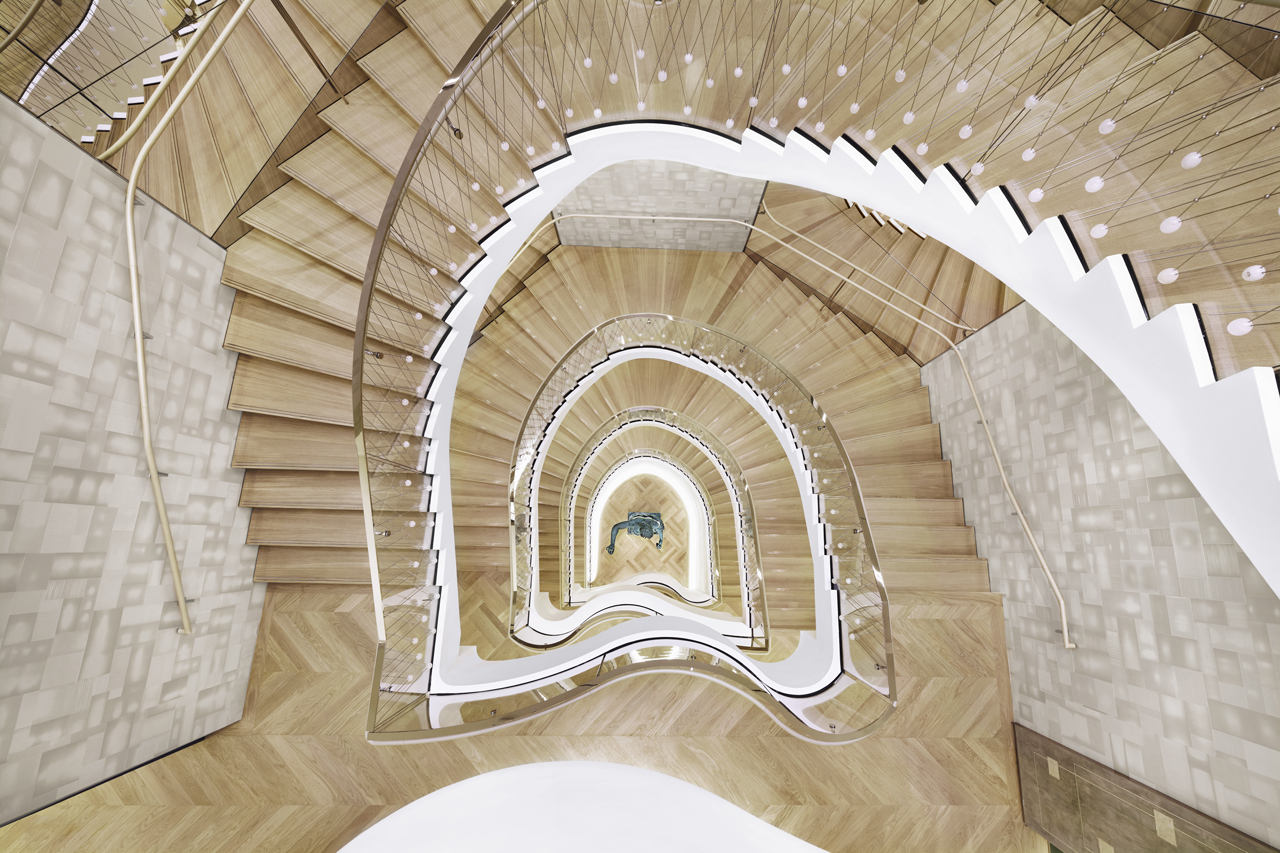
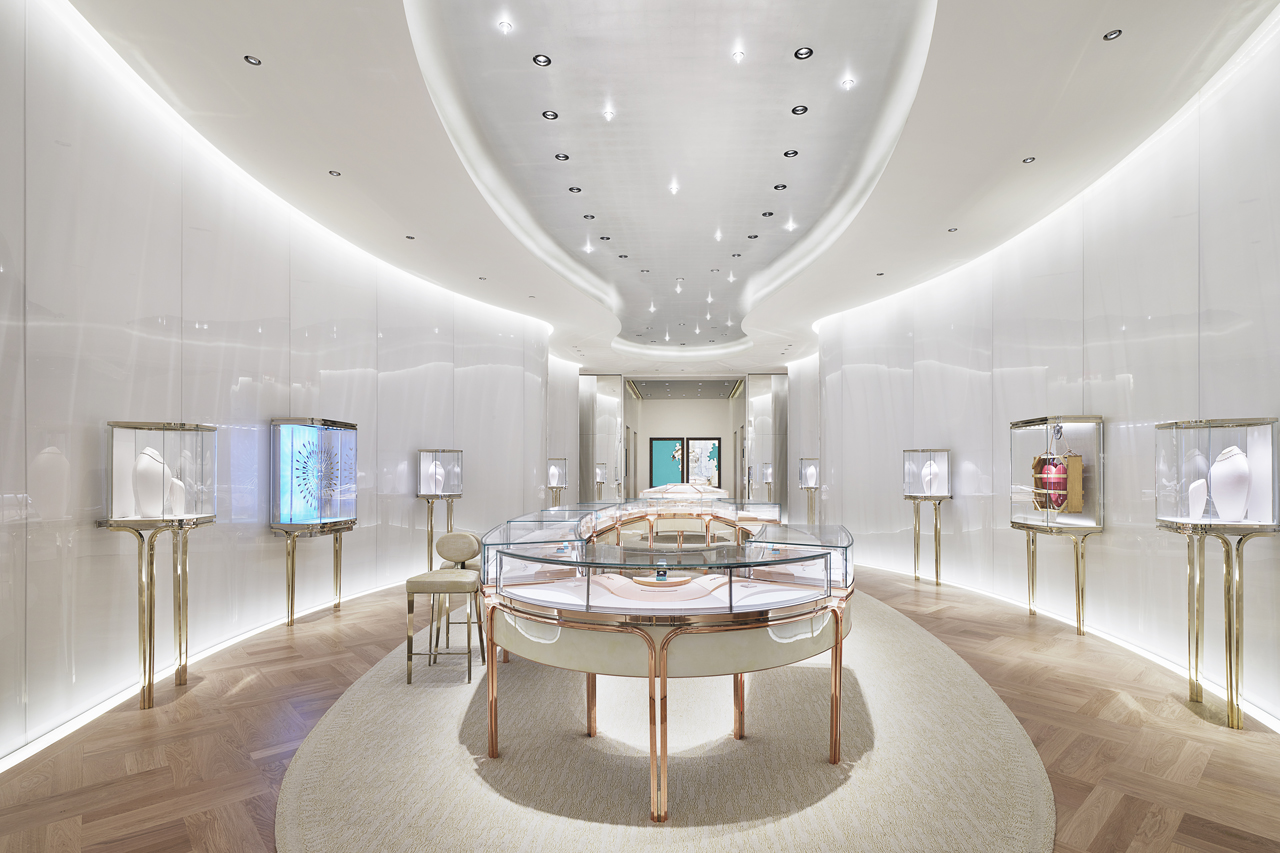
Dedicated museum and exhibition spaces will sit on floors eight and nine and will offer a rotation of compelling concepts and unique storytelling experiences. Excitingly, the pale-blue tinted Blue Box Café will also have its own floor with 61 seats for visitors who want to try New York’s Michelin-starred chef Daniel Boulud’s sweet delights.
Yes, The Landmark is a New York icon.
What readers may not realise is Tiffany & Co. actually designed the invitation card for the opening of the Brooklyn Bridge in 1883. The brand did the same for the Statue Of Liberty three years later. In 1960, the House opened on a Sunday and called in 20 security guards while the Breakfast At Tiffany’s film crew shot scenes on the first floor of its Fifth Avenue boutique. And those New York Yankees? Well, in 1877 Tiffany & Co. designed a medal for the New York Police Department and its interlocking “N” and “Y” insignia later inspired the now iconic New York Yankees.
All proof that the history of this brand is interwoven ever so tightly into the fabric that makes New York City one of the most vibrant in the world.




